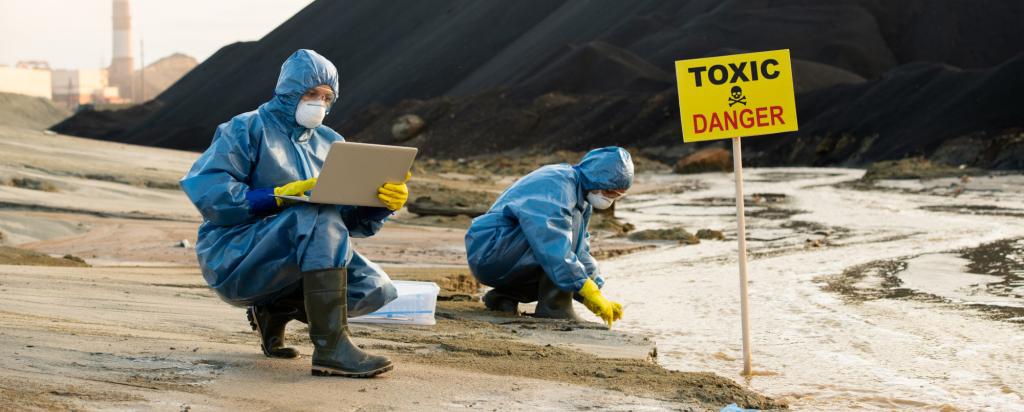

Bacteria-driven remediation of iron ore tailings
Billions of tonnes of iron ore tailings are generated each year from the mining industry. Converting these toxic tailings into soil-like materials which can develop and sustain plant and microbial communities is critical for mine site remediation and improved environmental outcomes.
Our research

Mining tailings are often toxic, requiring treatment and remediation to ensure no harm is done to the surrounding environment. Conversion into an environmentally friendly soil is an attractive option.
Although Fe ore tailings are rich in minerals which support soil formation, important in mine site rehabilitation, in practice this is difficult to achieve. There are two primary barriers for this (i) the highly alkaline pH which prohibits the colonization of tolerant native plants and soil microorganisms and (ii) the finely textured, compacted and relatively unreactive mineral matrix which prevents natural weathering and secondary mineral formation.
Recently, researchers from the Centre for Mined Land Rehabilitation at The University of Queensland studied the effect of a naturally occurring bacterium “Acidithiobacillus ferrooxidans” on the long-term chemistry and mineralogy of tailings samples taken from an operating mine. A suite of complementary techniques was used to investigate the interaction, including a twin-beamline synchrotron approach; Iron K-edge X-ray absorption fine structure spectroscopy (XAFS) was performed at the X-ray Absorption Spectroscopy beamline, whilst Carbon 1s near-edge X-ray absorption fine structure (NEXAFS) measurements were obtained at the Soft X-ray Spectroscopy Beamline.
The results showed clear indications of a reduced alkalinity and conversion of Fe bearing minerals. The Fe K-edge XAFS analyses showed that the bacterium induced oxidation of Fe-bearing primary minerals (e.g., biotite-like phyllosilicates) and the generation of secondary minerals, such as ferrihydrite, jarosite, as well as Fe(III)-organic complexes. The Carbon K edge spectra contained fingerprints of polysaccharides, proteins, nucleic acids and lipids; these result from bacteria−mineral interactions and assist in cell−mineral aggregate formation, an important first step in the organo-mineral associations in soil.
Our impact
The experimental findings demonstrated that A. ferrooxidans can survive in strongly alkaline Fe ore tailings, leading to a pH reduction in the highly alkaline material, an accelerated mineral weathering and development of an organic environment which protects the bacteria and prompts further activity. These are critical aspects to overcome to initiate eco-engineering of iron ore tailings into a functional soil. The study provides critical insights into developing microbial-based methods for eco-engineering soil formation in iron ore tailings, with a goal toward sustainable and environmentally friendly mine site remediation.